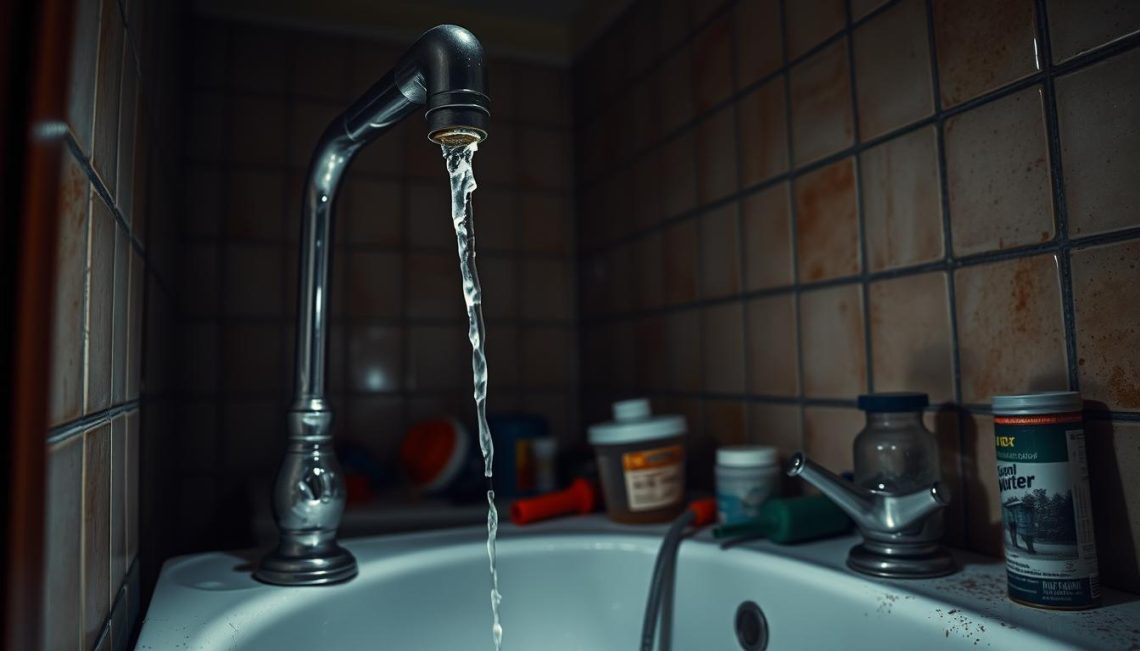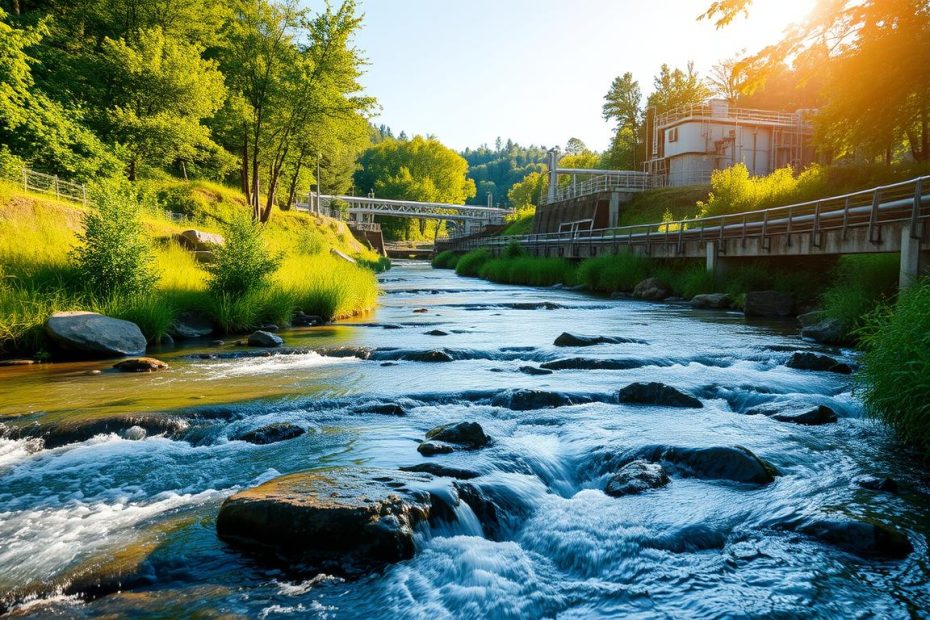We often take for granted the comfort and hygiene that comes with having adequate water pressure in our homes. However, when the pressure is low, it can significantly impact our daily lives, from making simple tasks like washing dishes or taking a shower a challenge.
Low water pressure can be frustrating, and it’s not just about convenience; it can also affect our health and cleanliness. We need sufficient pressure to ensure our homes are properly cleaned and maintained.
Improving water flow is crucial for our comfort and well-being. By understanding the factors that affect water pressure, we can take steps to address low pressure issues and enjoy a better quality of life.
Understanding Water Pressure Problems
Understanding the causes of water pressure problems is crucial for finding a solution. Water pressure issues can significantly impact our daily lives, making everyday tasks like showering or washing dishes challenging.
We will explore the common causes behind low water pressure and provide guidance on how to diagnose these issues effectively.
Common Causes of Low Water Pressure
Low water pressure can be attributed to several factors. Common causes include clogged pipes, faulty pressure regulators, and issues with the municipal water supply. Clogged pipes, often a result of mineral buildup or debris, can significantly reduce water flow. A faulty pressure regulator can also lead to low water pressure, as it fails to maintain the optimal pressure. Municipal supply issues, such as maintenance or breaks in the main lines, can temporarily affect water pressure.

How to Diagnose Your Water Pressure Issues
Diagnosing water pressure issues involves a few simple checks. First, inspect your faucet aerators and showerheads for mineral buildup or debris. Next, check your pressure regulator to ensure it’s functioning correctly. If you suspect municipal supply issues, contacting your local water utility can provide insights into any ongoing maintenance or problems.
By understanding the causes and performing these diagnostic checks, you can identify the source of your water pressure problems and take the first step towards resolving them.
5 DIY Solutions to Improve Water Pressure
Low water pressure can be frustrating, but there are several DIY fixes you can try. Improving water flow in your home doesn’t always require professional help. Here are five practical solutions to enhance your water pressure.
1. Clean Faucet Aerators and Showerheads
One of the simplest ways to improve water pressure is by cleaning your faucet aerators and showerheads. Mineral buildup can significantly reduce water flow. To clean them, remove the aerator or showerhead and soak it in a mixture of vinegar and water. Use a brush to scrub away any remaining debris before rinsing.
2. Check Your Pressure Regulator
If your home has a pressure regulator, it might be the cause of your low water pressure. The pressure regulator is usually located near the water meter or where the water line enters your home. Check if it’s functioning correctly and adjust it if necessary. However, be cautious not to over-adjust, as this can lead to higher pressure that might damage your pipes.
3. Clear Clogged Pipes
Clogged pipes can significantly reduce water pressure. Use a plumbing snake or plumber’s auger to clear blockages. For more severe clogs, consider using a hydro-jetter. If you’re not comfortable with DIY pipe clearing, it might be time to consult a professional.
4. Adjust Your Water Pressure Reducing Valve
The water pressure reducing valve (PRV) is crucial for maintaining optimal water pressure. If it’s set too low, you might experience low water pressure. Locate your PRV and adjust it according to the manufacturer’s instructions. Remember, the ideal pressure is typically between 40 and 60 psi.
| DIY Solution | Complexity Level | Potential Impact |
|---|---|---|
| Clean Faucet Aerators and Showerheads | Easy | Moderate |
| Check Your Pressure Regulator | Moderate | High |
| Clear Clogged Pipes | Difficult | High |
| Adjust Your Water Pressure Reducing Valve | Moderate | High |
5. Safety Tips When Working with Water Systems
When attempting any DIY solutions, safety should be your top priority. Always turn off the main water supply before starting work. Wear protective gear, including gloves and safety glasses. Be aware of your surroundings and the potential for water damage.
By implementing these DIY solutions, you can significantly improve your home’s water pressure. Remember, if you’re ever in doubt, consulting a professional is the best course of action.
Getting Professional Help for Persistent Water Pressure Problems
While DIY solutions can resolve many water pressure issues, some problems require professional help. If you’ve tried the DIY fixes outlined earlier and still experience low water pressure, it’s time to call a professional plumber.
Persistent water pressure problems can be a sign of underlying plumbing issues that need expert attention. Complex problems, such as corroded pipes or faulty pressure regulators, may require specialized tools and expertise to diagnose and repair.
When safety is a concern, seeking professional help is the best course of action. For instance, if you suspect a gas leak or are unsure about how to handle a particular plumbing issue, it’s best to consult a professional.
At this point, we recommend consulting a licensed plumber who can assess your water pressure problems and provide a suitable solution. They can help identify the root cause of the issue and perform the necessary repairs to restore your water pressure to normal.
By seeking professional help, you can ensure that your plumbing issues are resolved efficiently and effectively, giving you peace of mind and a reliable water supply.
